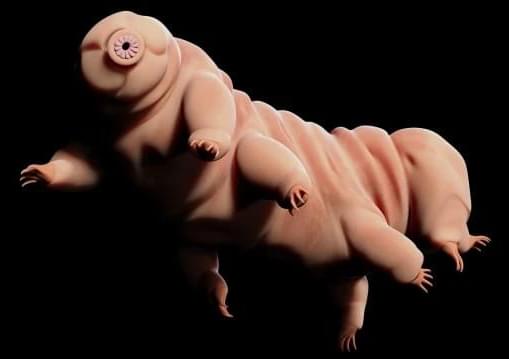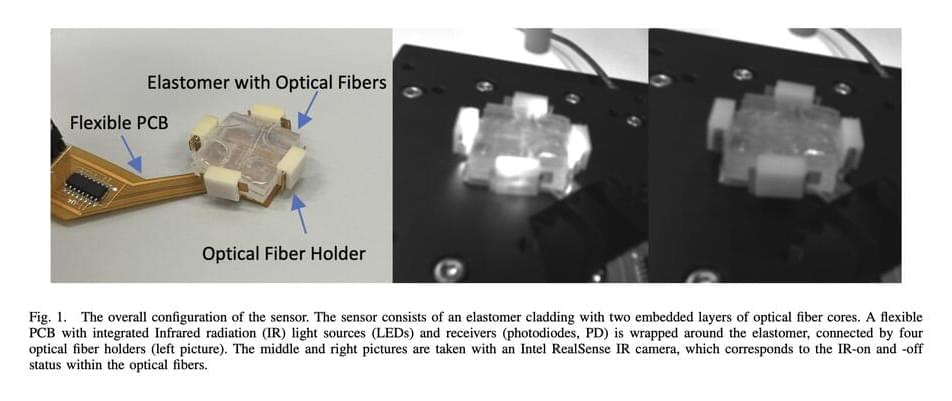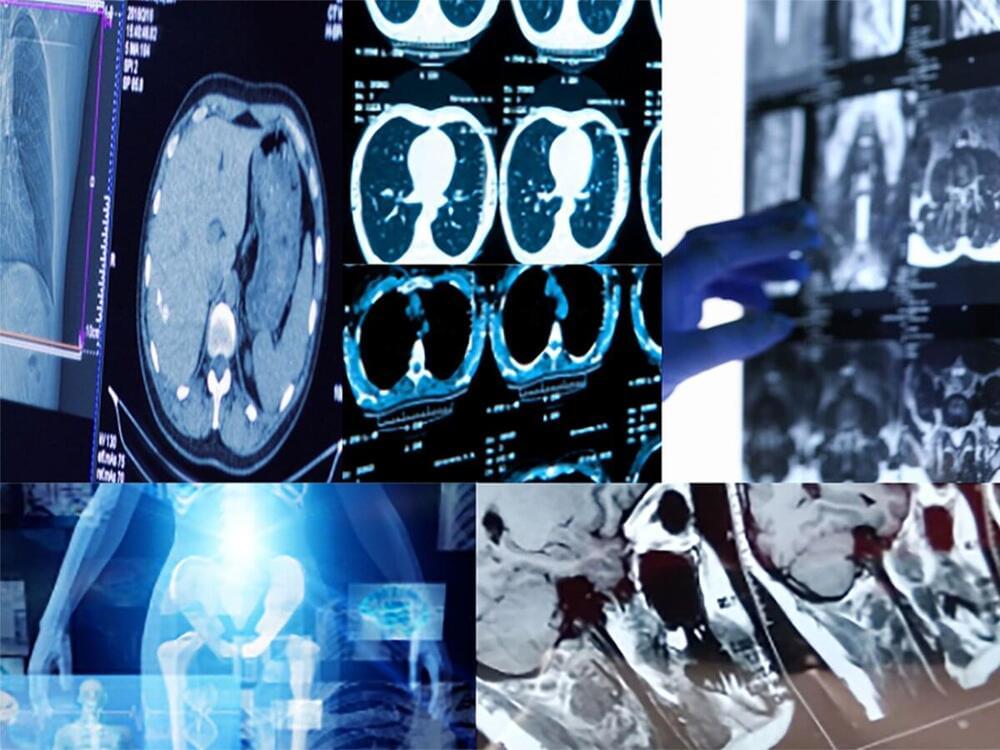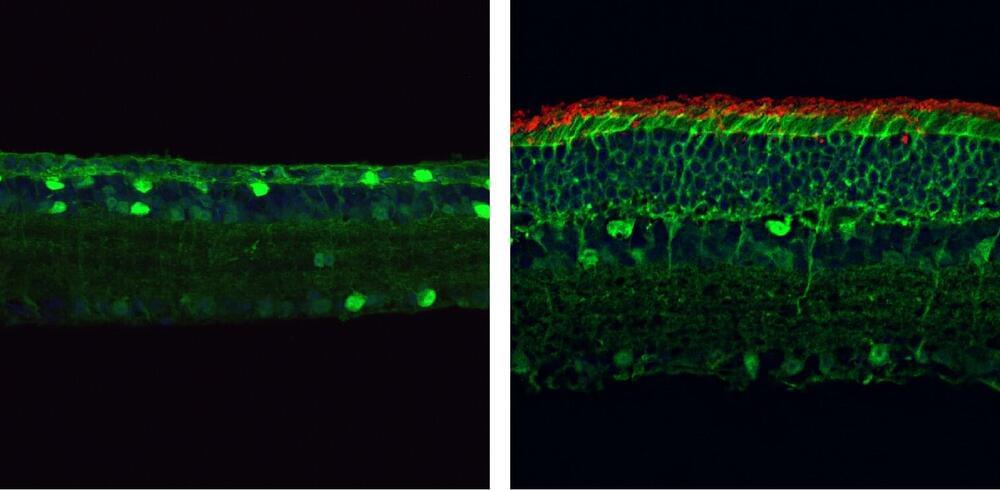Posted on Big Think.



In a Phase II trial led by researchers from The University of Texas MD Anderson Cancer Center, adding ipilimumab to a neoadjuvant, or pre-surgical, combination of nivolumab plus platinum-based chemotherapy, resulted in a major pathologic response (MPR) in half of all treated patients with early-stage, resectable non-small cell lung cancer (NSCLC).
New findings from the NEOSTAR trial, published today in Nature Medicine, provide further support for neoadjuvant immunotherapy-based treatment as an approach to reduce viable tumor at surgery and to improve outcomes in NSCLC. The combination also was associated with an increase in immune cell infiltration and a favorable gut microbiome composition.
The current study reports on the latest two arms of the NEOSTAR trial, evaluating neoadjuvant nivolumab plus chemotherapy (double combination) and neoadjuvant ipilimumab plus nivolumab and chemotherapy (triple combination). Both treatment arms met their prespecified primary endpoint boundaries of six or more patients achieving MPR, defined as 10% or less residual viable tumor (RVT) in the resected tumor specimen at surgery, a candidate surrogate endpoint of improved survival outcomes from prior studies.

To effectively tackle everyday tasks, robots should be able to detect the properties and characteristics of objects in their surroundings, so that they can grasp and manipulate them accordingly. Humans naturally achieve this using their sense of touch and roboticists have thus been trying to provide robots with similar tactile sensing capabilities.
A team of researchers at the University of Hong Kong recently developed a new soft tactile sensor that could allow robots to detect different properties of objects that they are grasping. This sensor, presented in a paper pre-published on arXiv, is made up of two layers of weaved optical fibers and a self-calibration algorithm.
“Although there exist many soft and conformable tactile sensors on robotic applications able to decouple the normal force and shear forces, the impact of the size of object in contact on the force calibration model has been commonly ignored,” Wentao Chen, Youcan Yan, and their colleagues wrote in their paper.



A new paper published in the Journal of Medical Internet Research describes how generative models such as DALL-E 2, a novel deep learning model for text-to-image generation, could represent a promising future tool for image generation, augmentation, and manipulation in health care. Do generative models have sufficient medical domain knowledge to provide accurate and useful results? Dr. Lisa C Adams and colleagues explore this topic in their latest viewpoint titled “What Does DALL-E 2 Know About Radiology?”
First introduced by OpenAI in April 2022, DALL-E 2 is an artificial intelligence (AI) tool that has gained popularity for generating novel photorealistic images or artwork based on textual input. DALL-E 2’s generative capabilities are powerful, as it has been trained on billions of existing text-image pairs off the internet.
To understand whether these capabilities can be transferred to the medical domain to create or augment data, researchers from Germany and the United States examined DALL-E 2’s radiological knowledge in creating and manipulating X-ray, computed tomography (CT), magnetic resonance imaging (MRI), and ultrasound images.

Researchers in China have successfully restored the vision of mice with retinitis pigmentosa, one of the major causes of blindness in humans. The study, to be published March 17 in the Journal of Experimental Medicine, uses a new, highly versatile form of CRISPR-based genome editing with the potential to correct a wide variety of disease-causing genetic mutations.
Researchers have previously used genome editing to restore the vision of mice with genetic diseases, such as Leber congenital amaurosis, that affect the retinal pigment epithelium, a layer of non-neuronal cells in the eye that supports the light-sensing rod and cone photoreceptor cells. However, most inherited forms of blindness, including retinitis pigmentosa, are caused by genetic defects in the neural photoreceptors themselves.
“The ability to edit the genome of neural retinal cells, particularly unhealthy or dying photoreceptors, would provide much more convincing evidence for the potential applications of these genome-editing tools in treating diseases such as retinitis pigmentosa,” says Kai Yao, a professor at the Wuhan University of Science and Technology.
I guess bee farmers won’t jut be collecting honey.
Honey bees are more than just pollen collectors! With a sense of smell on par with dogs, honey bees can be trained to detect any smell, like explosives. But how these bees are trained to detect explosives, what their advantage is over sniffer dogs, and how other animals have been trained to perform unbelievable tasks for the armed forces, is #NotWhatYouThink #NWYT #long.
Music:
Gone Without A Trace 2 — Fredrik Ekstrom.
Thyone — Ben Elson.
I Can See Better From Here — Jay Varton.
Serious Development — Blackout Memories.
Santosha — Van Sandano.
Lethal Secrets — Christoffer Moe Ditlevsen.
Human Missile — Craft Case.
Cloak — Christoffer Moe Ditlevsen.
Footage:
Select images/videos from Getty Images.
Shutterstock Enterprise.
National Archives

Two pairs of gigantic black holes, each in a different dwarf galaxy, are speeding towards each other, and they’re set for two separate, never-before-seen collisions.
Astronomers used NASA’s Chandra X-ray Observatory to spot the four dwarf galaxy black holes racing towards each other, dragging an enormous train of gas and stars in their wake. Some of this material is already being sucked into the black holes, causing them to grow ever larger before their eventual crashes.